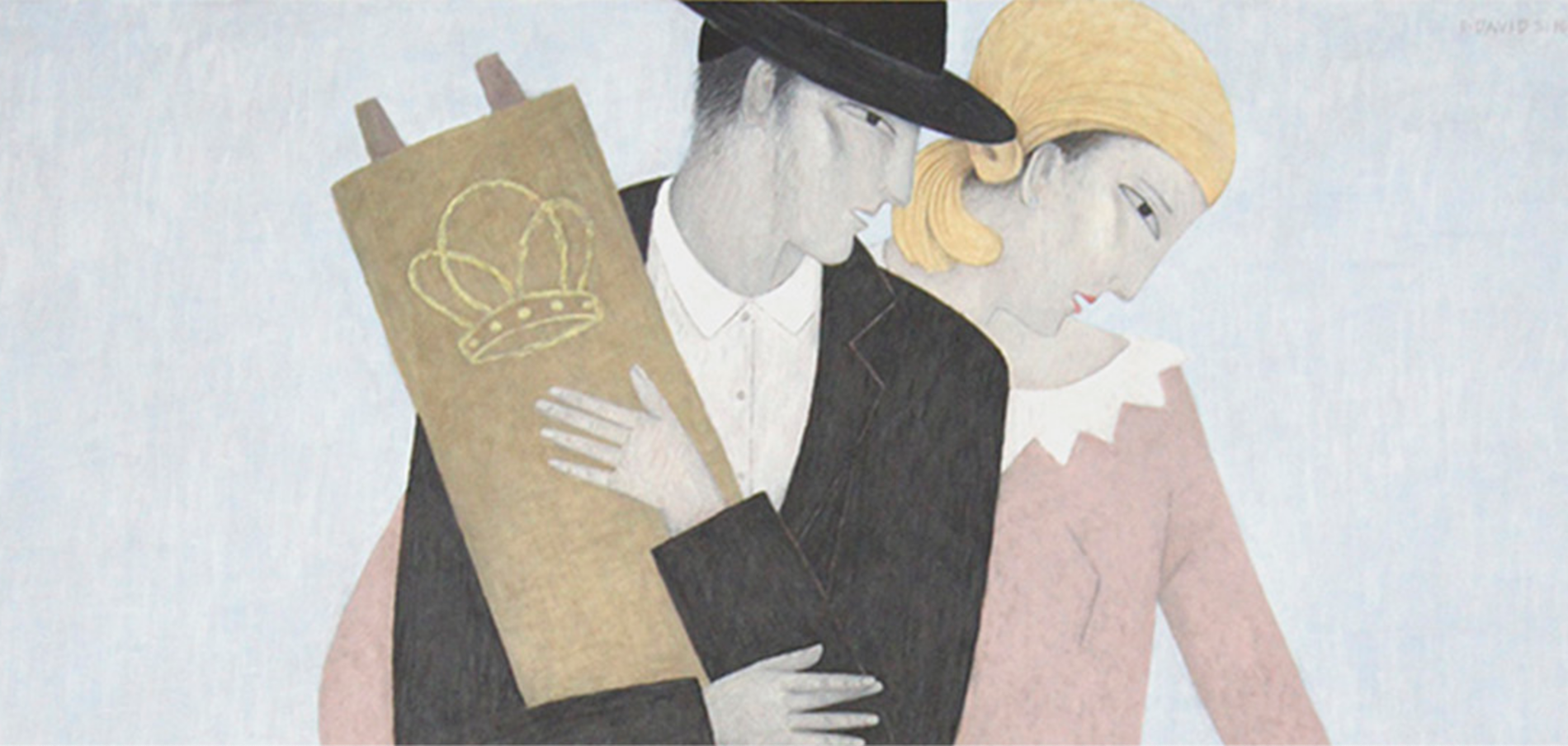Why Do We Still Not Eat Kitniyos If No One Confuses Beans and Wheat?
Dear Jew in the City,
What’s the deal with kitniyos? Especially being that we know now it’s not chametz, and some Jews eat it and some don’t…
Sincerely,
Rice on Pesach
Dear Rice,
Kitniyos (or kitniyot) is typically translated as “legumes” and the Ashkenazi practice is not to eat them on Passover. This isn’t because we used to think they were chometz (“leaven”[1]) but now we know better. The situation is comparable to the universal practice not to eat poultry with dairy. I’ll explain.
The Torah prohibits eating meat with dairy. The language it uses refers to eating meat cooked “in its mother’s milk,” so it’s pretty clear that we’re only talking about mammals. The Sages created a rabbinic prohibition against having chicken and other fowl with milk as well. This wasn’t because they mistakenly thought that chickens give milk. We always knew that wasn’t the case. They made the rule because human beings are fallible and they wanted to help people keep far away from sin. There are plenty of people who can’t tell a veal cutlet from a chicken cutlet, so why take chances?
Similarly, the practice not to eat kitniyos on Passover is a rabbinic enactment designed to keep people from the possibility of transgression. Things can be classified as kitniyos because:
1. They are harvested and processed in a manner identical to chometz; and/or
2. They can be ground into flour and baked like chometz; and/or
3. They may have grains of chometz mixed into them.
So, like chicken with milk, reasons #1 and #2 are because people can get confused. People are not so expert in what they’re eating as you might expect. Watch the confusion over what bracha to make over different kinds of cereal, or whether to wash before eating a wrap. (Seriously, what’s this wrap made of? A tortilla? Oh, it’s wheat? See, it happens.) Reason #3 is because people might actually come to eat chometz.
This is a post-Talmudic practice, dating back to the Middle Ages. Yes, there was originally opposition to adopting the practice but it has long since become universally accepted by all Ashkenazi communities. Types of produce classified as kitniyos include (but are not limited to) rice, lentils, beans, peas, mustard, corn, green beans, and sesame seeds. Non-kitniyos foods include coffee, tea, garlic and nuts. (Peanuts, despite the name, are not actually nuts. There is some disagreement as to their status but the general practice is to treat them as kitniyos.)
Because of the way the practice was instituted, it is generally limited to the foods originally designated as kitniyos. (There are exceptions, such as corn, which is considered the “local grain.”) Potatoes, had they been known in Europe at the time, would no doubt have been declared kitniyos. Because they were only discovered later, potatoes are not included in the prohibition. (This is also the basis to permit quinoa, although that is a much tougher call to make based on its similarity to other grains.)
Actual chometz is prohibited to be eaten on Passover, of course, but one may likewise not derive benefit from it, nor even own it. The Rabbis only prohibited kitniyos to be eaten; one need not sell it or destroy it before Passover. One may not feed an animal or an infant chometz on Passover but he may feed them kitniyos. (Please note that there are many halachos regarding kitniyos; we’re not even scratching the surface here.)
Finally, as far as “some Jews eat them, some Jews don’t,” allow me to explain. The Talmud was the last time that all the halachic authorities were able to be together to debate and decide on matters of law. As such, whatever the Sages of the Talmud ruled is universally binding on all Jewry. After that, the communities were dispersed and not able to communicate so easily. Two of these communities are what we call “Sefardi” (Spanish Jewry) and “Ashkenazi” (Eastern European Jewry). Each community was able to legislate for itself, regardless of what was going on elsewhere. This is what’s called “minhag.”
“Minhag” is commonly translated as “custom,” which does a disservice because people infer that customs are optional, while minhag is actually binding on the members of its community. This is not contradictory. You can open carry in Texas but not in New York; even though they’re both in the US, each state can make its own laws. Similarly, the Sefardi and Ashkenazi communities can develop different minhagim, each binding on members of their respective communities.
And that’s the deal with kitniyos.
Sincerely,
Rabbi Jack Abramowitz, Educational Correspondent for JITC
1. Only wheat, barley, spelt, oats, and rye can be actual chometz. These are the same grains that, unleavened, can be used to make matzah.
If you found this content meaningful and want to help further our mission through our Keter, Makom, and Tikun branches, please consider becoming a Change Maker today.







